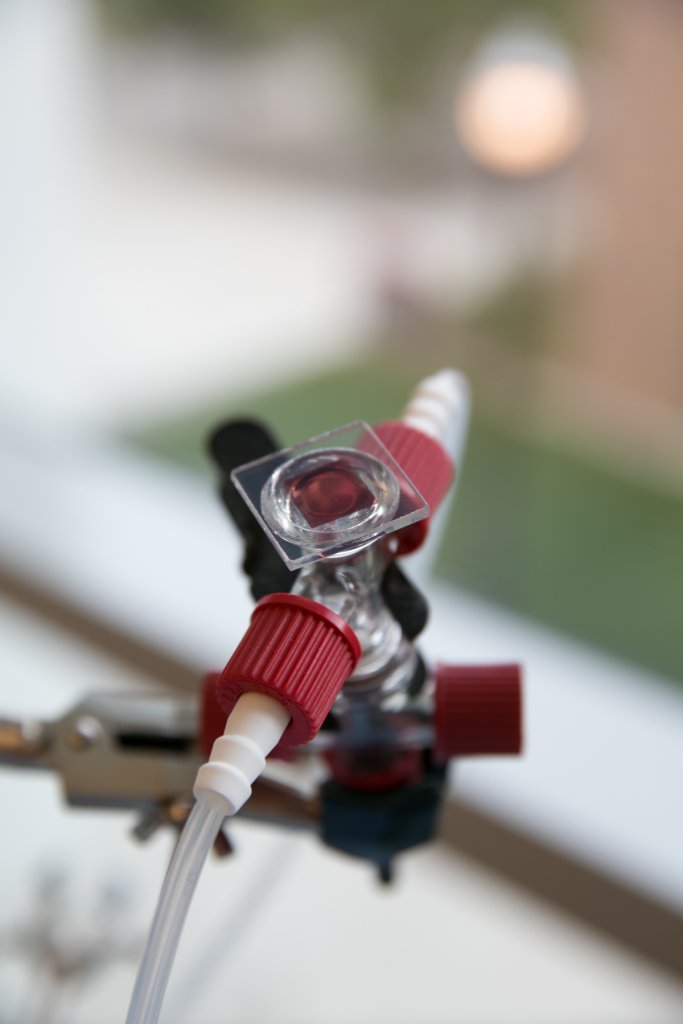
Batteries and water don’t mix, usually. But a new battery designed at Ohio State actually circulates a water-based electrolyte internally.
Researchers designed a device called an aqueous solar flow battery. It’s based on water, as opposed to the standard lithium design found in common rechargeable batteries. It is the first aqueous flow battery to work with a solar cell and it is 20 percent more efficient than the lithium design. So, how does this ‘water battery’ work?
In solar cells, light particles called photons are absorbed by a semiconductor, silicon or a silicon alloy. The photons excite the semiconductor’s electrons and when carried to the battery, these electrons can be stored as electricity. An electrolyte, a salt and a solvent, facilitates this transportation. Typically, the fluid has been various combinations of chemicals like lithium perchlorate and dimethyl sulfoxide. Yiying Wu and his team have developed a design that uses simply water as the solvent with lithium iodide as the salt. This is the most ‘green’ minded approach as water is markedly more eco-friendly than any electrolyte concoction previously used.
Images: Ohio State University
Source: Ohio State University
